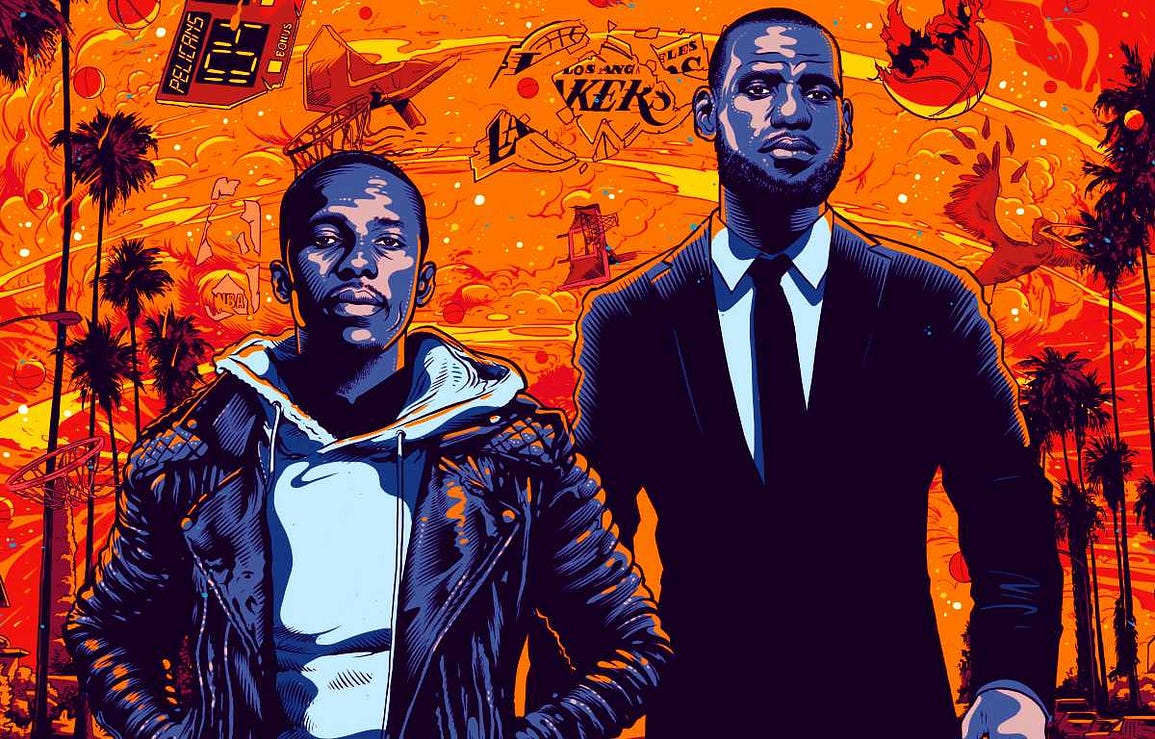Pelinka sagely preaches patience as the proscribed best case cure for the disastrous reckless actions last offseason that led to what could easily be the worst season in the modern history of the Los Angeles Lakers.
But Pelinka now has reason to be patient, buoyed by Sunday night’s big win behind Anthony Davis, four days off to integrate now healthy Dennis Schröder and Thomas Bryant, and a favorable schedule the next 7 games.
We’ve learned every ‘if’ is a big ‘if’ with the Lakers but if Davis can continue to play at a high level and James, Schröder, and Bryant are healthy and ready to play, the Lakers could win 6 of next 7 and end November 9–11.
Seeing the Lakers turn their early season around would be certainly be welcome news for the Lakers’ front office that’s been under siege for their questionable roster construction and poor personnel decision making.
The improvement should allay any fears the Lakers’ front office may have had as to whether the current roster, including superstars LeBron James and Anthony Davis, was worth investing two very valuable draft picks.
What’s known for sure is the Lakers’ current roster needs more size and better shooting to be a legitimate championship contender. The bigger question is can this front office trade for the ‘right’ players this time?
The options of tanking this season to accumulate cap space and draft picks to fuel a monster makeover next summer or trading LeBron James and/or Anthony Davis and rebuilding were always just click-bait pipe dreams.
Bottom line, the Los Angeles Lakers have no viable options other than to trade Russell Westbrook and their 2027 and 2029 first round draft picks. Here are five key reasons why the Lakers ultimately make the big trade:
1. Reassure Fan Base Lakers Always Play to Win the Championship
Jeanie Buss is proud to say that the Lakers never tank and the single biggest reason the Lakers need to trade Russ and their two picks is to reassure their fanbase they always play to win the championship and will never tank.
2. Strengthen Image of Lakers As Home for NBA’s Greatest Superstars
Jeanie also wants the Lakers to be where great NBA superstars want to go and going all-in and trading Russ and the picks to help LeBron is exactly the move that will make future superstars want to wear purple and gold.
3. Keep Promises to LeBron James to Trade Picks to Upgrade Roster
The Lakers know keeping their promise to LeBron to trade the picks has to be done. Not keeping that promise would be lethal to their relationship. That’s why the Lakers have no choice but to trade Russ and the picks.
4. Solidify Mutually Beneficial Relationship with Klutch Sports
The Los Angeles Lakers and Klutch Sports Group have built a powerful alliance that has been mutually beneficial to both organizations. Lakers need to trade Russ and picks to solidify their relationship with Klutch.
5. Ensure Pelicans Don’t Swap Picks to Draft Victor Wembanyama
The Lakers biggest fear if they do not trade Russ and the picks to get better is that they may end up so deep in the lottery that they might end up giving Victor Wembanyama as an additional piece in the Anthony Davis trade.


